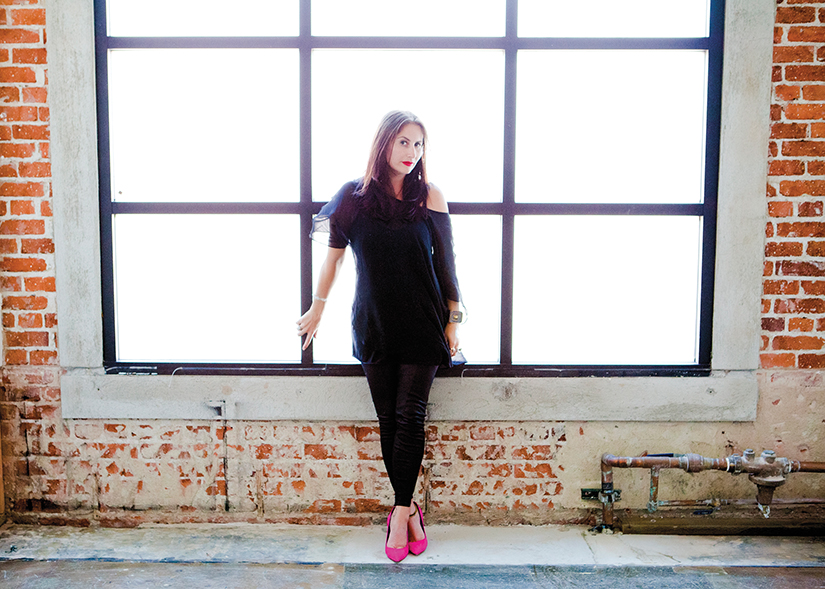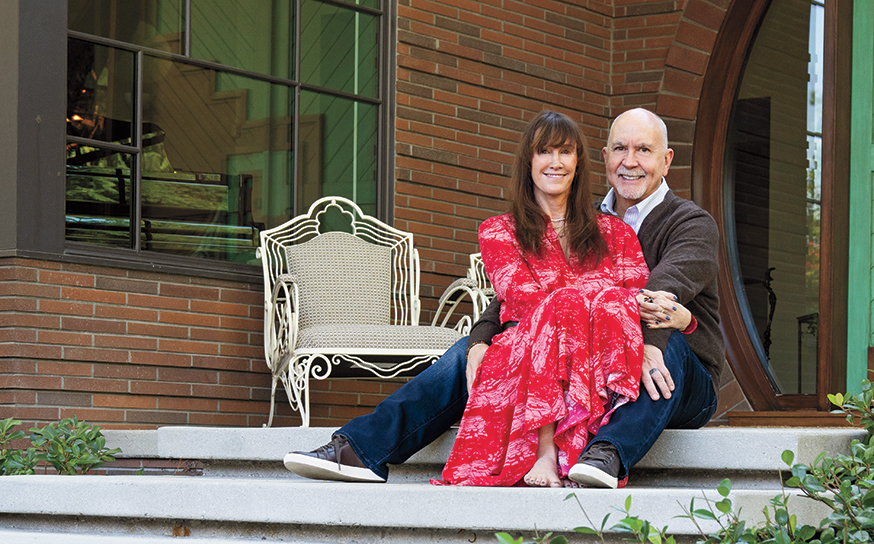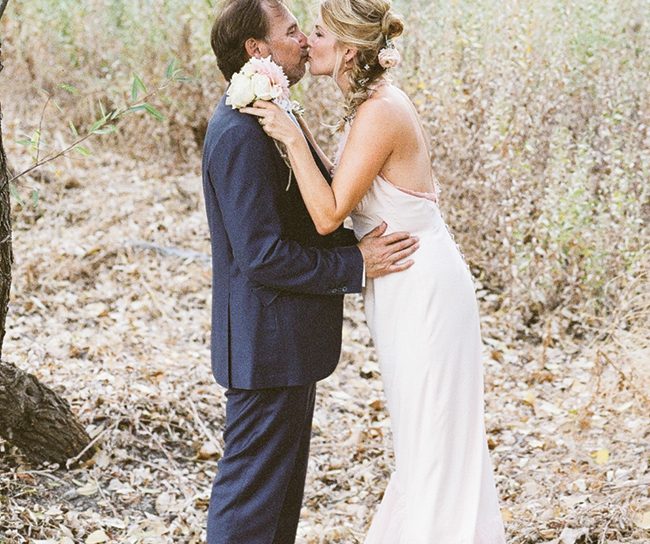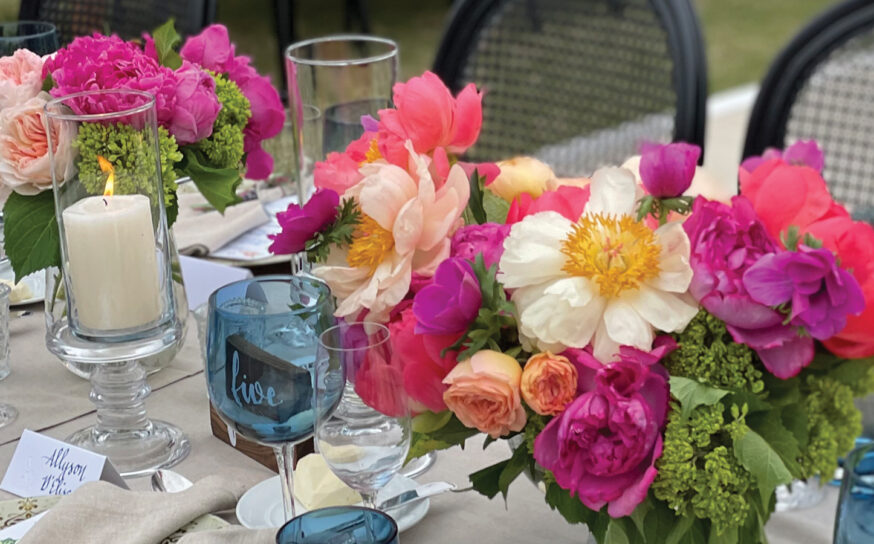
Discovery Zone
As the founder of LAXART, Valley native Lauri Firstenberg helms one of the most exciting alternative art spaces in LA, without which many artists would go unnoticed.
-
CategoryPeople
-
Photographed bySharon Suh
Lauri Firstenberg has always been smart. The Encino native attended Harvard-Westlake and then went on to graduate from University of California, Berkeley. She later founded the contemporary art exhibition hall, LAXART, as a Ph.D. candidate at Harvard.
Over the past eleven years, as the nonprofit’s director, she has produced over 500 experimental exhibitions, many devoted to on-the-rise LA artists.
From shows like the installation where visitors walked over safety glass, to a look back at the influential LA art collective Deep River, LAXART fills the gap between larger art institutions and the for-profit gallery scene. It presents new work that often wouldn’t be supported otherwise.
Here Lauri chats with VB editor-in-chief Linda Grasso about the gallery’s epic first decade, its move last year from Culver City to Hollywood and some major changes ahead.
When you reflect on the past decade or so – what is it specifically that accounts for the nonprofit’s success?
Artists set an example for giving and they keep independent spaces alive. Artists hope that the growing community of cultural philanthropists in LA follow their lead.
LAXART has the incredible support of an amazing community of artists who are dedicated to working and helping sustain an independent contemporary art space in LA, and to artistic and curatorial freedom.
Tell us about your new space. It has quite a history …
LAXART’s new home is in the heart of Hollywood on the corner of Orange and Santa Monica boulevards. It was formerly called Radio Recorders—a 1920s recording studio with a phenomenal history. It was the site where artists like Elvis, Billie Holiday and Jimi Hendrix recorded, and we have retained architectural elements that hark back to its history.
I understand exhibitions are just a part of what goes on.
The space is a hub for diverse artistic and educational programming. We recently debuted a film by local legendary experimental filmmaker William Leavitt.
The organization has just launched a new membership group—LAXARTXDESIGN—and has a dense schedule of staging lectures with leading and emerging artists, architects, designers and critics.
In terms of artists, what strikes a chord with you?
We have an extraordinary curatorial team including Deputy Director and Chief Curator Catherine Taft and Adjunct Curator Eric Stone. LAXART has served as an incubator for the next generation of curators who have gone off to major institutions nationally.
Through travel and research, the programming is being molded over time and is largely generated from artist studio visits. Curators respond to inspirational work in the context of the artist studio, and that is the point of departure typically, for collaboration.
What gets you really excited when it comes to art?
I recently went to the studio of an artist, Dashiell Manley, who I have worked with since he graduated from school. I have had the opportunity to work with him over time in various contexts. Each time I visit there is a new body of work that takes risks and pushes his language forward, yet always speaking to his larger practice. This new work—exceptional dense abstract paintings—blew me away. I was speechless. They were incredibly powerful. He spoke about them as “war paintings.” Previously he was chronicling international news mediated through The New York Times. The text became further abstract and this most recent strategy was to abandon the attempt to represent trauma—an impossibility—through the creation of meditative abstract paintings. Those are the days where I am exceptionally grateful for the work we get to do.
I understand you grew up in the Valley. Tell us a bit about your younger years here.
My mom has kept the house—in which my sister and I were born—intact. It is a mausoleum to our youth. I remember making cappuccinos at Paradise Dance Studio after dance company rehearsals in Encino in the 80s. It may have been my first job.
What initially struck your interest in art?
I went off to college to become a choreographer and came out a curator. When I was at Berkeley in the early 1990s, there were extraordinary professors including an art historian named Anne Wagner. I also studied with literary critic Barbara Christianson, and both inspired me to research, write and teach. Curating directly came out of writing.
What are you most proud of when it comes to LAXART?
I have learned so much from working with exceptional artists. They have informed my worldview. And they helped shape and create an interesting institution for LA.
I understand you are stepping down as director this spring to pursue other opportunities. Elaborate.
I am remaining on the board of LAXART as the founder and developing a few new projects. One is a nonprofit to support artists with medical and financial needs called Artists in Crisis. We are currently working on a grant for a local artist. And I’m working on several new endeavors that focus on art production and philanthropy.
I also get to focus on my family for the first time in a decade …











